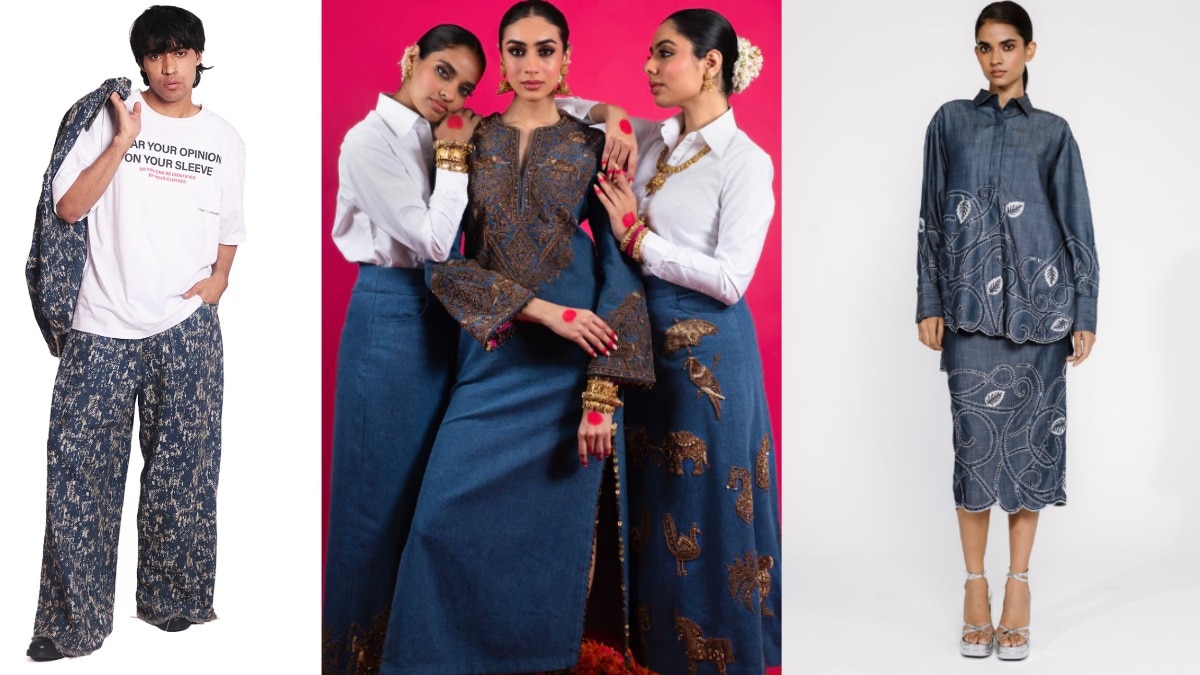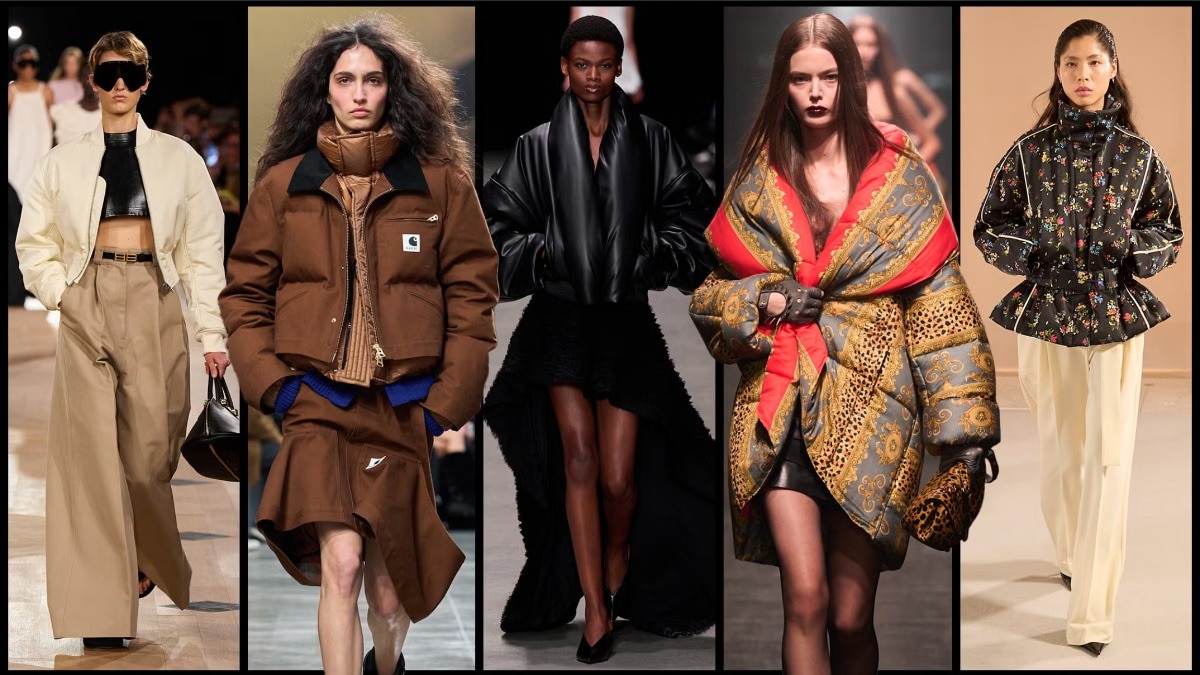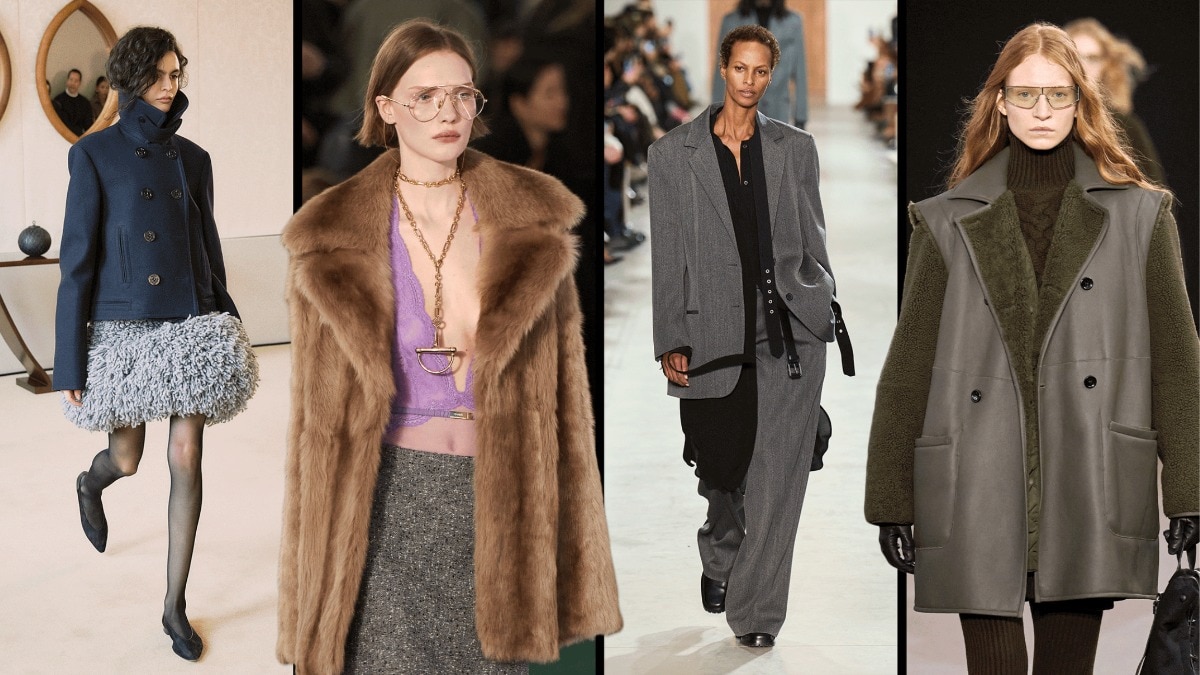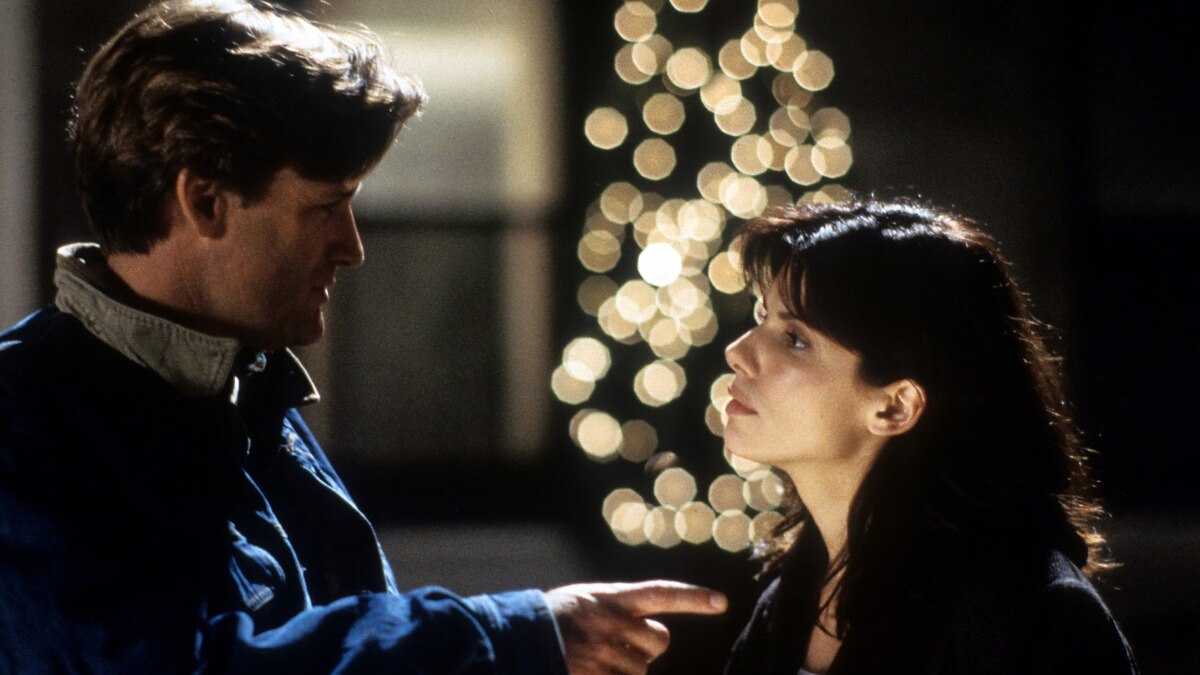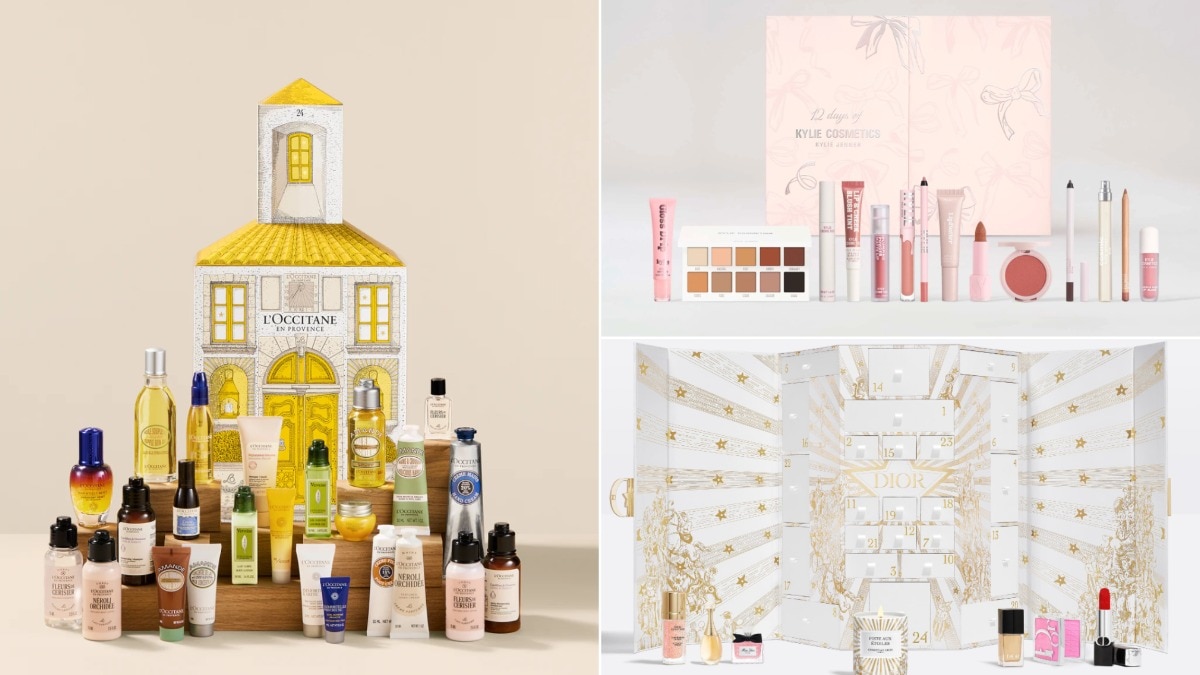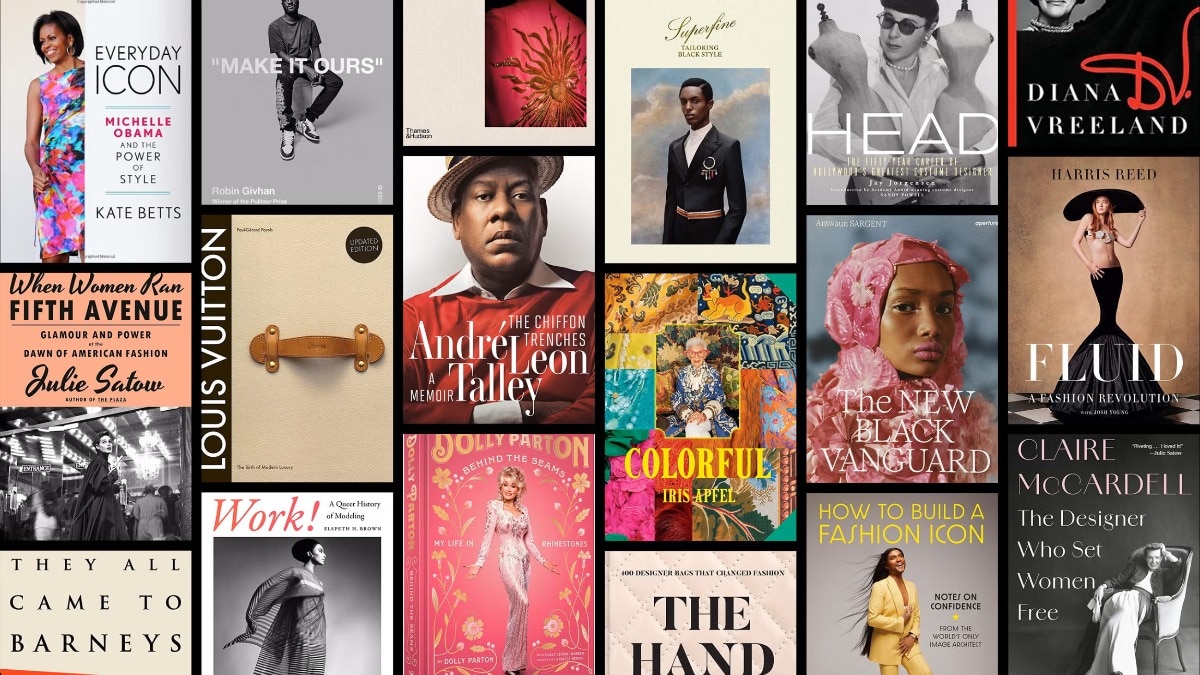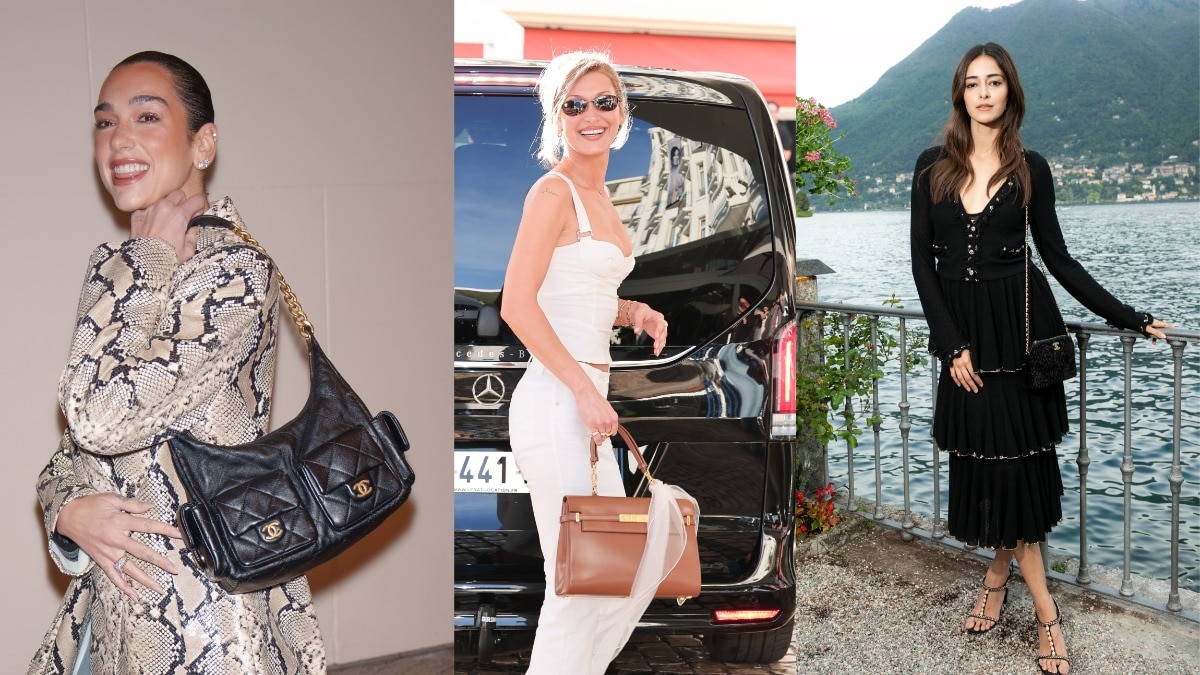Why the hype around quiet luxury is fleeting—it is basically refined 'old money aesthetic', conscious of uncertain times
Come July, bright-eyed attention grabbing maximalism WILL replace temperamental stealth wealth minimalism.


You know the obsession with trends is transient, especially when it comes to fashion—determined either by pop culture, ease of access, predilections, and of course the inevitable—your ability to have cash flow and reserve to feed the beast. What happens when you don’t hold any affection for fitting into the club-sized trending party? You innovate and look inwards at your own ability to think out-of-the-box and wear what you want… even if it’s a ‘ludicrously capacious’ bag which screams ‘look at me’ or its the understated ‘old money aesthetic’ that is carefully and consciously put together and whispers ‘quiet luxury’.
Cinematic outtakes from last year’s The White Lotus and The Triangle of Sadness played their part in feeding ‘eat the rich’ narrative, while ‘moving in silence’ as a phenomenon continued to grow alongside—appreciative of richness that wasn’t glaringly obvious, remained in incognito mode, and was self-aware enough to know that logo-mania didn’t have any standing ground in a world where the wealth divide was raging.
Brings me to demystifying all this chatter around ‘old money aesthetic’ in the first place. What is it and who defines it? An argument eloquently made by Bryan Yambao who in a recent post on the gram talks about “Couture collectors with so much old money but amusingly questionable taste”…
The conversation around ‘quiet luxury’ piqued with Succession’s latest season drop and Siobhan “Shiv” Roy (played by Sarah Snook) seen wearing tailored fits that were refined style staples from luxury labels like Ralph Lauren, Loro Piana, Celine and Max Mara, plus, Gwyneth Paltrow’s latest courtroom style which exhibited the same quiet assertiveness. And while this aesthetic is being positioned as hard to achieve, it is infact functional and accessible.
What it does resonate with well is where we are as a world geopolitically and socio-culturally—on one hand, recession, unemployment, war and economic downturn are global realities, so the less is more aesthetic seems reasonable and lot more conscientious. Luxury labels responding to this are not under the scanner but are being lauded for their quiet appeal. Add to that the definition of luxury which is continually evolving—handmade, artisanal, locally and ethically sourced fashion is having its moment. No surprises here that in the post lockdown world, mindful fashion brands are emerging as a strong contenders, while legacy brands have diversified their fold to include eco-conscious labels. Case in point: LVMH, which has now made it to the world’s top 10 companies, with the French luxury titan Bernard Arnault, who helms the luxury conglomerate now declared as the richest person in the world, surpassing Tesla founder and CEO Elon Musk.
What may manifest itself into existence in a few months side-lining all this quiet luxury and old money brouhaha is ‘loud luxury’ or the return of Barbiecore, inspired by the much-awaited movie Barbie directed by Greta Gerwig, releasing in July. Until then, you are free to democratise luxury as best as you can.

